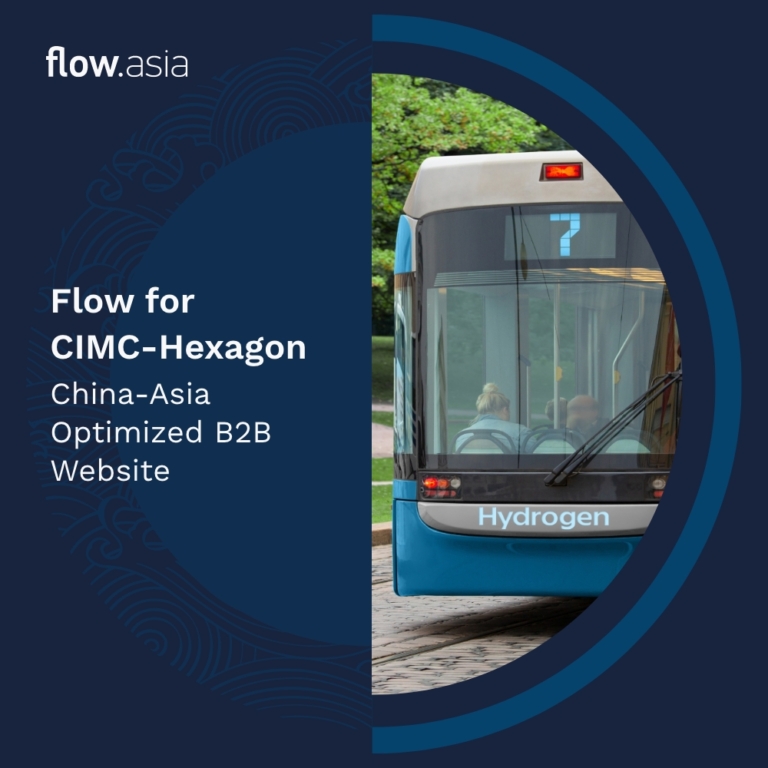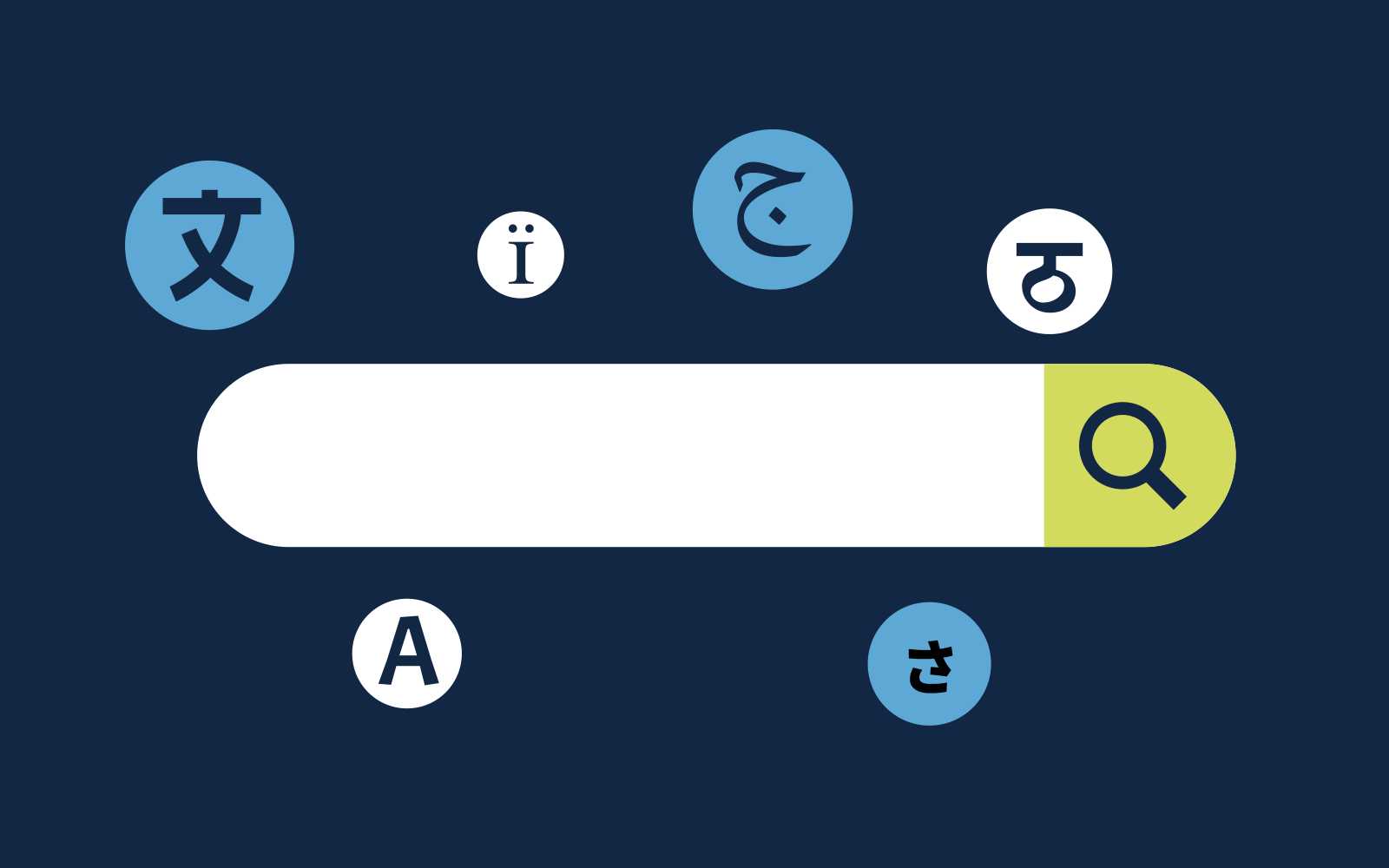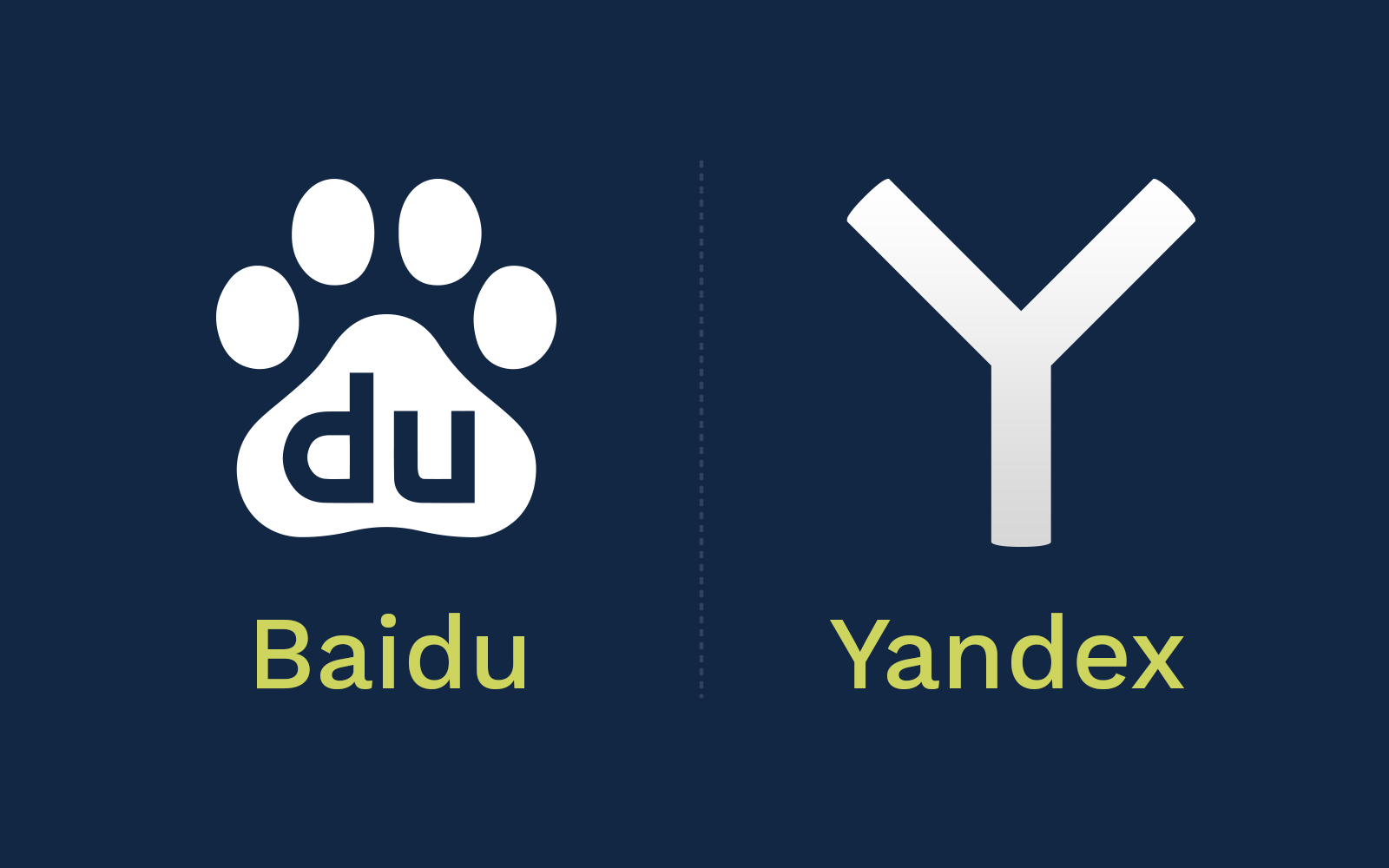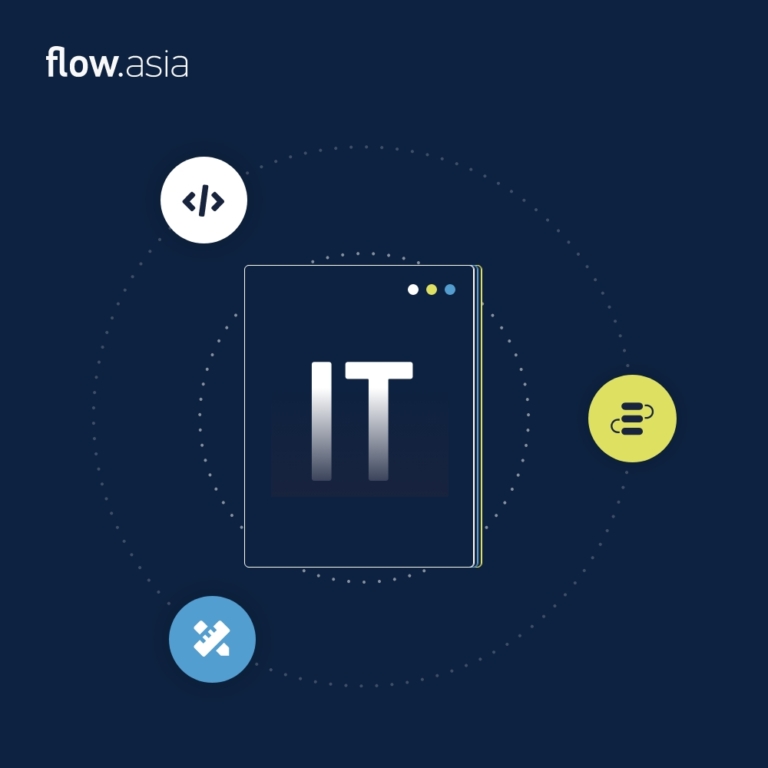

Optimize for International SEO
No matter how internationalized your website infrastructure is, when your site is crawled by the bots for inclusion in search engine rankings, local strategies and cultural considerations are most important. International SEO is not about blanket translation of keywords or texts, but rather about taking into consideration what local search engines might be looking for, what local users expect when they undertake a search, and how algorithms have been developed by different search engine companies prevalent in major regions of the world: in short, making your international website ready for localized website content.

Localizing your CTA with cross-border SEO
Incorporating the most important international SEO adjustments for each region in your initial international website plan helps ensure that your site gets seen by search engines in each market. Global SEO strategies differ vastly from region to region, but what they all have in common is a focus on local search engine expectations, search behaviors, and ranking algorithms, and not simply a succession of local website designs and translated contents. It’s important to consider where to place that call to action button or link, if you are going to lead your users directly from the home page to your main offering, and that may differ across regions.

SEO for Global Markets
Companies that focus on international SEO experience a 47% improvement in organic search visibility compared to those that use generic SEO strategies.
SEO for Giant Internet Regions Russia and China
Regions like China and Russia have vastly differentiated SEO ecosystems. Local search engines dominate these markets. Baidu in China and Yandex in Russia leave little space for global giants such as Google in their countries’ internet ecosystems. Baidu’s SEO algorithm for example places higher importance on meta tags than Google.

SEO for Chinese-reading users
In China, optimizing for Baidu requires distinct keyword strategies and content formats. Making the distinction is critical to localized success, as studies show that as many as 70% consumers spend most or all of their time on websites in their own language, and more than 50% of consumers say that the ability to get information in their language is more important than price when making a purchasing decision.
Multilingual Website Strategy
A well-established website structure supports right-to-left languages as well as left-to-right ones, and works to smooth out kinks such as load times for users in regions with slower internet speeds. When rebooting your website strategy, technical aspects of international SEO such as mobile optimization are crucial.
Having done the groundwork for localization by developing an international site structure, it’s time to go local. While translated website SEO involves converting text into another language, international SEO goes further. This method prioritizes adapting content to local customs, cultural sensitivities, and expectations. For instance, a product description that resonates with a U.S. audience may not have the same effect on a German or Chinese audience.
International SEO must account for the cultural preferences of target audiences. This can include everything from the choice of images to the style of communication. Chinese websites are known to favor visually dense designs compared to Western more minimalist preferences. Failing to make such adjustments can lead to a disconnect between brand and audience.
Businesses that localize website content see an upwards of 70% increase in engagement due to the culturally relevant material used, according to some market research. This is because users are more likely to trust and engage with websites that reflect their own preferences. By incorporating cultural insights, adjusting to changing consumer preferences, and focusing on visual storytelling, brands can position themselves as user allies. In the hearts and minds of consumers in China and elsewhere, building trust online through international SEO website design is essential.
Testing you’ve got your international SEO strategy right
Once you’ve launched your international website, you’ll have to continually monitor its performance using local analytic tools for SEO. It’s hard to overestimate the importance of applying regular updates and testing to your site for its international SEO compatibility to ensure it remains relevant. As market preferences and internet ecosystems evolve, your site has to remain in tip top functionality to reap the biggest rewards.







